Gluten Free Cereal
Breakfast is a crucial meal because it gives you energy for the morning and sets the tone for your day. Finding the right cereal can be hard if you have Celiac disease, gluten sensitivity, or are on a gluten free diet. This guide will help you find a delicious and safe gluten free cereal to start your day off right.
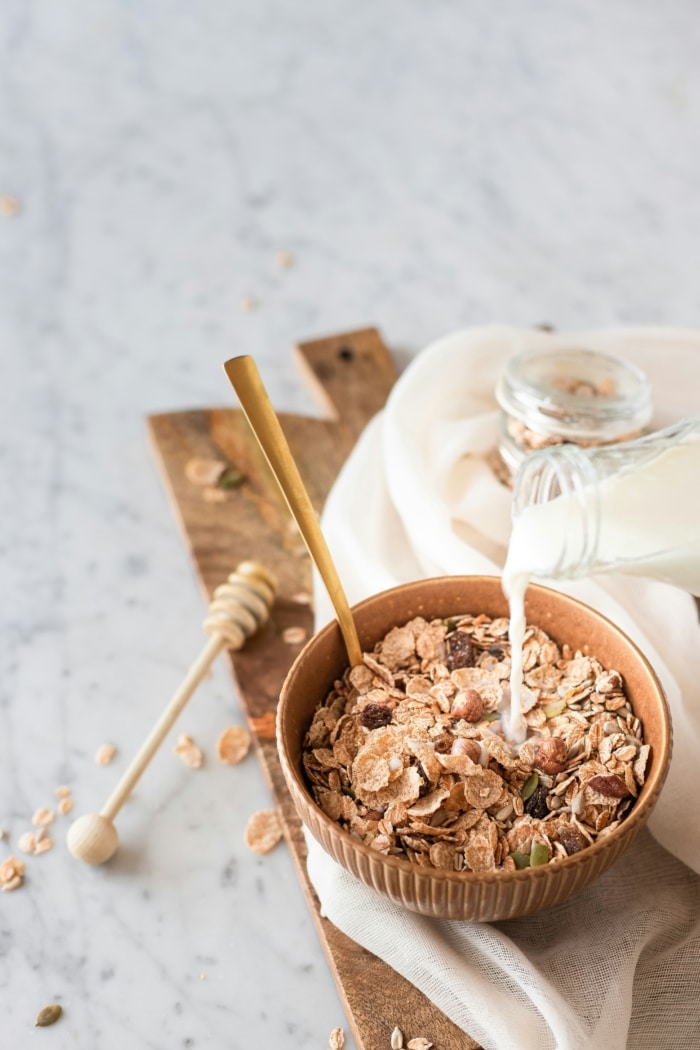
What Cereals Are Gluten Free?
Gluten free cereals have become increasingly common, and many brands now offer options that are safe for those with celiac disease or gluten sensitivity. Here’s a list of cereals that are commonly recognized as gluten free. However, it’s always important to check labels for certification and ingredients, as formulations can change.
1. Pure Oats Cereal
Certified Gluten Free Oats: Brands like Bob’s Red Mill, GF Harvest, and Cheerios offer gluten free oat cereals. Remember, oats must be specifically labeled as gluten free to avoid cross-contamination with gluten containing grains.
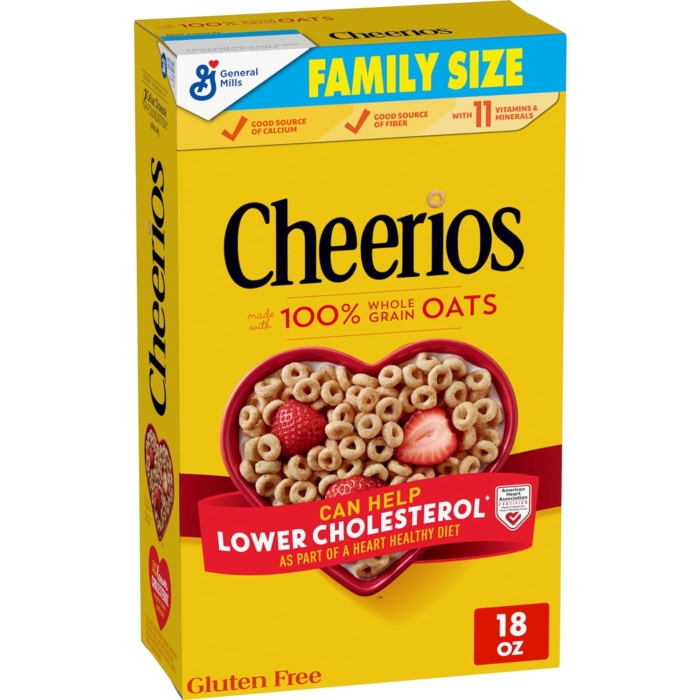
2. Rice-Based Cereals
Rice Chex: General Mills offers several varieties of Chex that are gluten free.
Nature’s Path Rice Puffs: A simple, unsweetened option for those avoiding gluten and excess sugar.
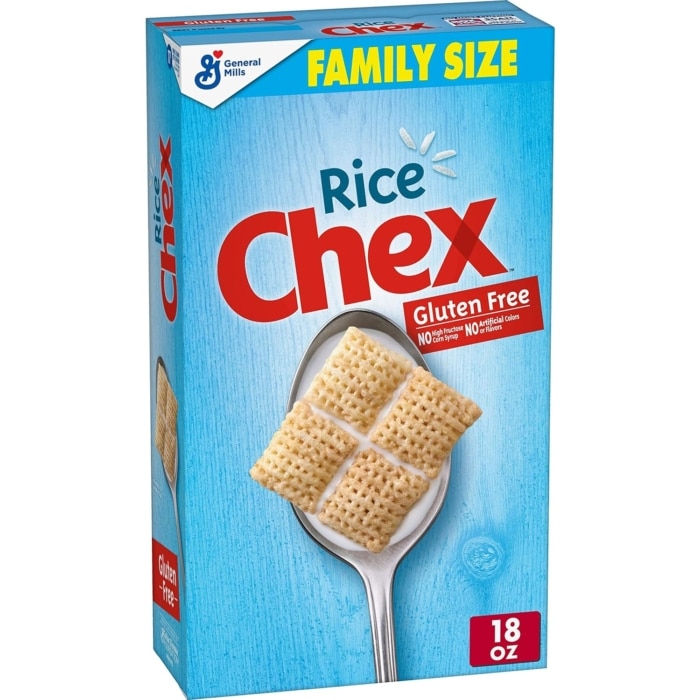
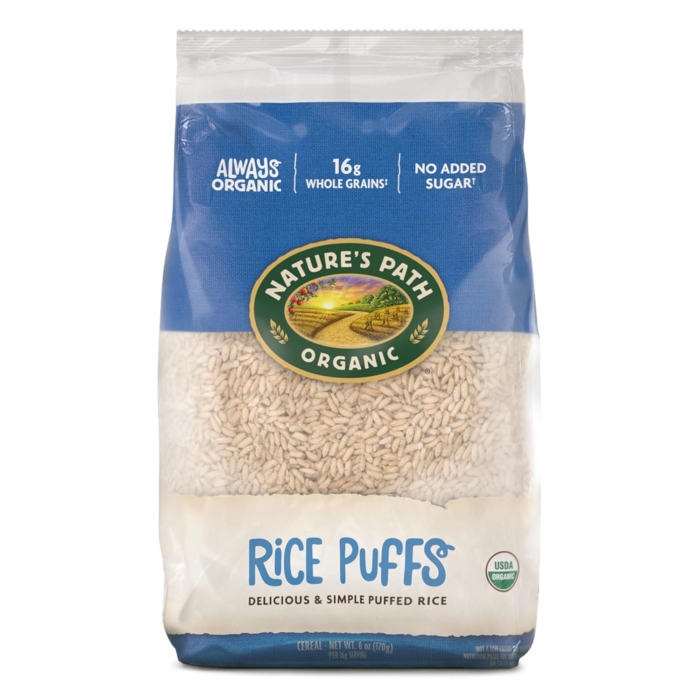
3. Corn-Based Cereals
Corn Chex: Similar to Rice Chex, the corn version is also gluten free.
EnviroKidz Corn Puffs: This brand is known for its organic, gluten free cereal options.
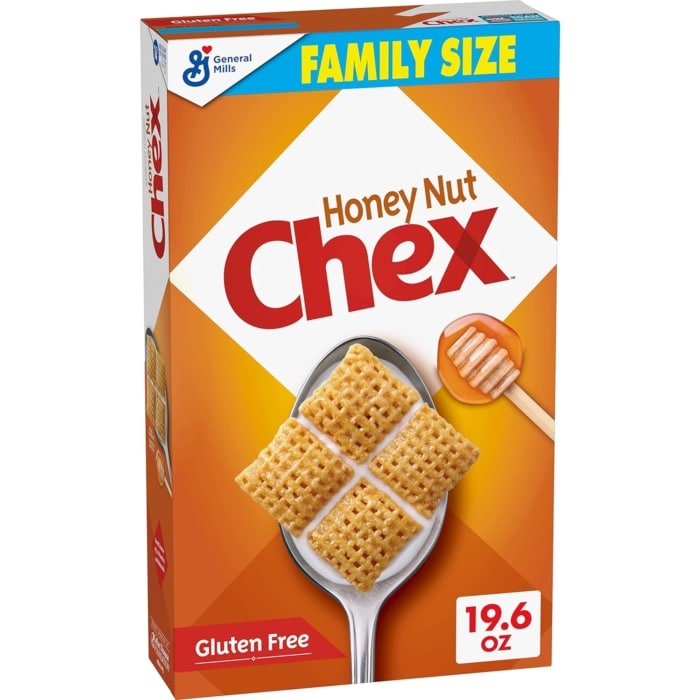
4. Buckwheat Cereals
Arrowhead Mills Maple Buckwheat Flakes: Despite its name, buckwheat is a gluten free grain.
Pure Buckwheat Hot Cereal: A good alternative to oatmeal for a warm breakfast.
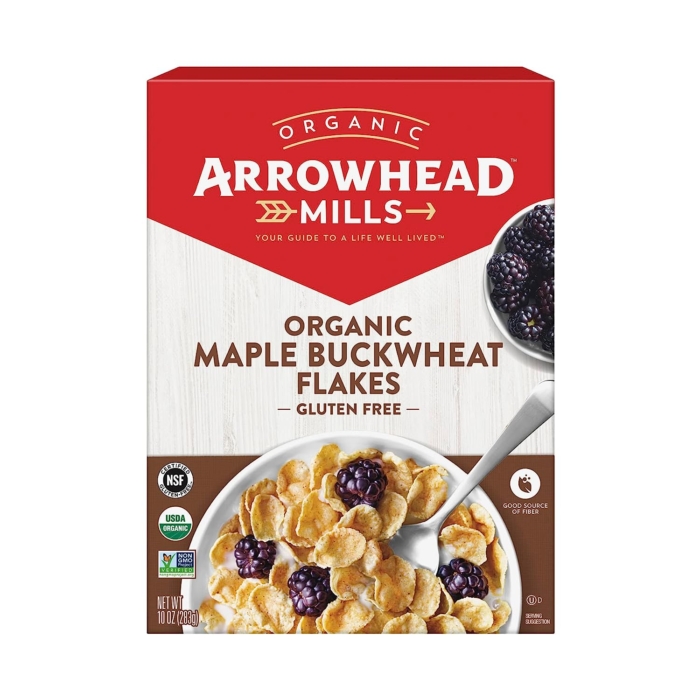
5. Quinoa Cereals
Ancient Harvest Quinoa Flakes: These can be prepared like oatmeal or used as a crunchy topping.
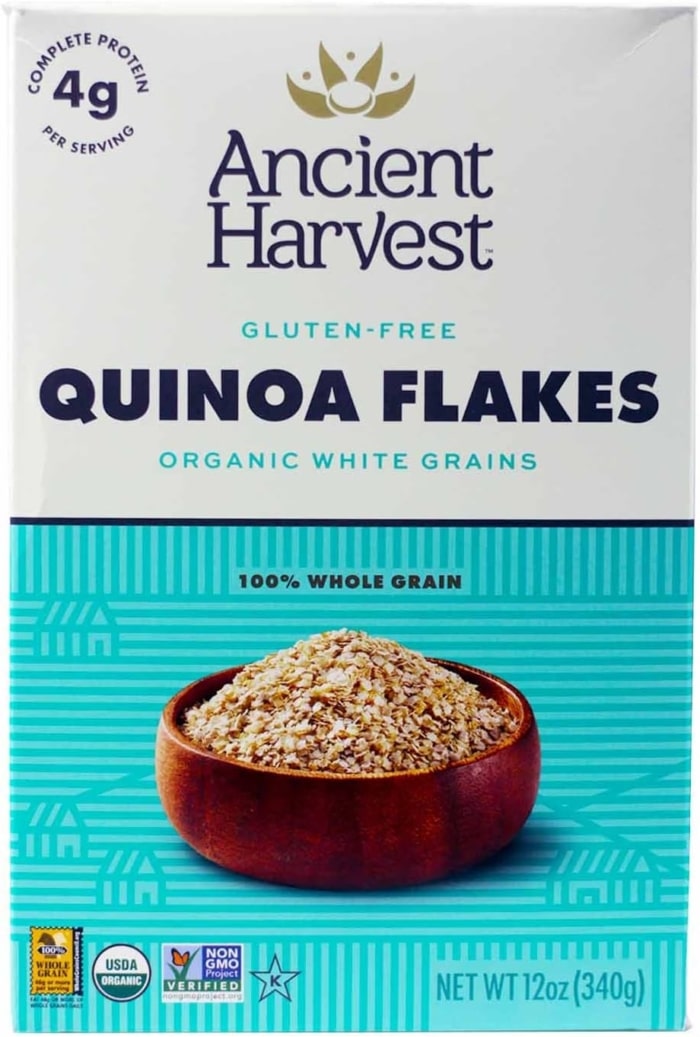
6. Sorghum Cereals
Nature’s Path Sorghum Cereals: Various sorghum-based cereals are available, often mixed with other gluten free grains.
7. Millet-Based Cereals
Millet Puffs: Available from various health food brands, they can be a great base for homemade gluten free muesli.
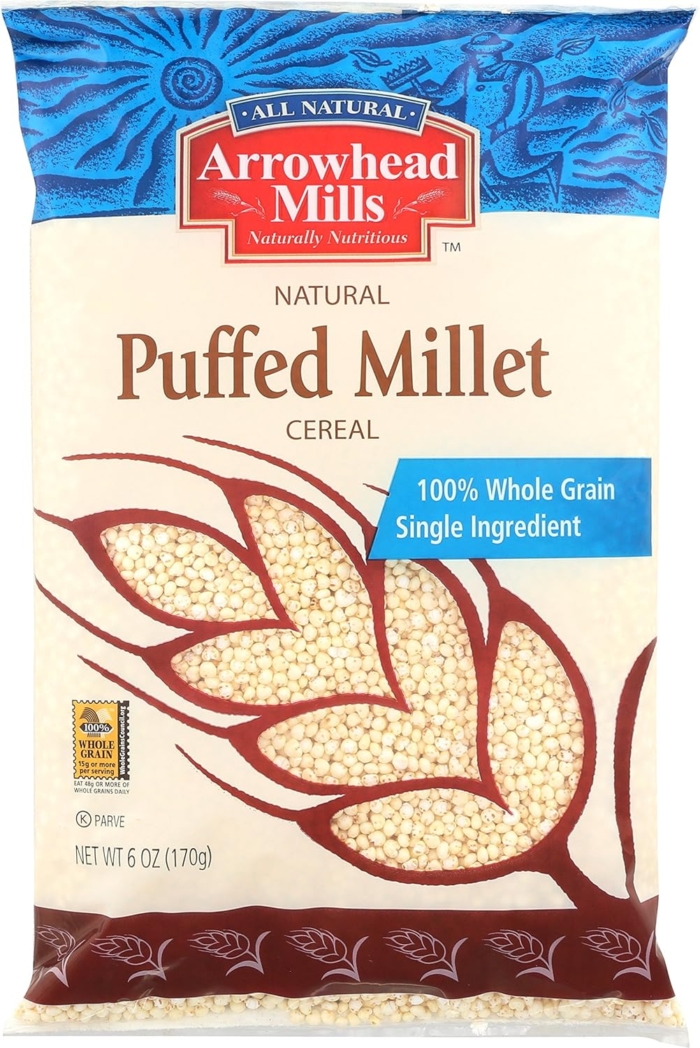
8. Certified Gluten Free Granolas
Purely Elizabeth: Offers a range of gluten free granolas made with ingredients like quinoa, chia seeds, and amaranth.
Kind Snacks: Kind offers gluten free granolas that are made with a base of oats and ancient grains.
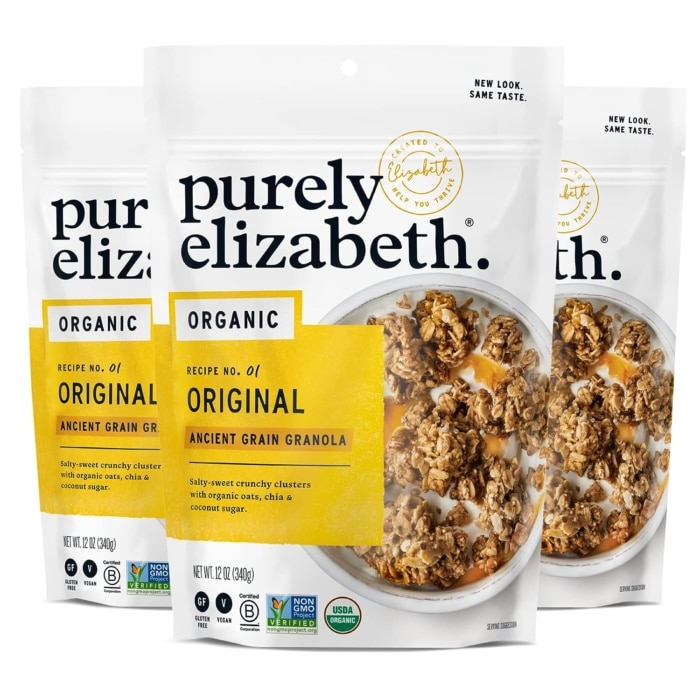
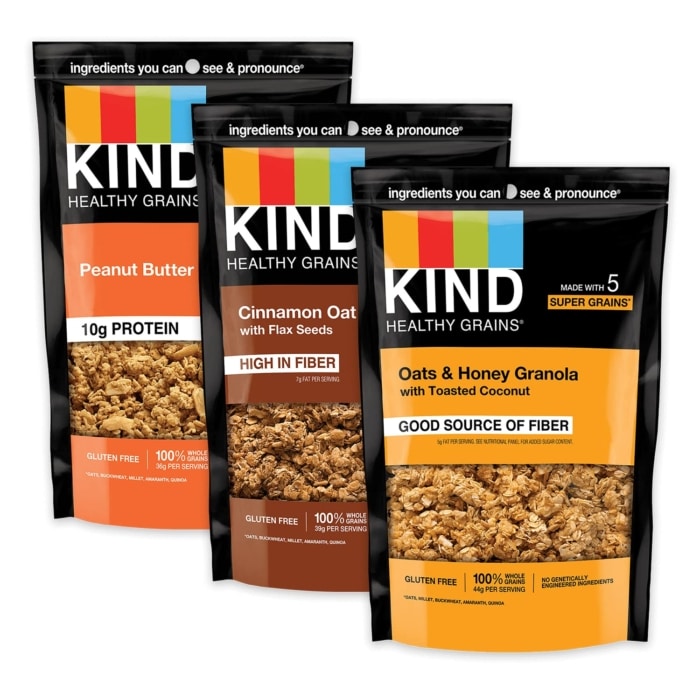
9. Gluten Free Muesli
Bob’s Red Mill Gluten Free Muesli: Crafted for those who need to avoid gluten but love the diverse mix of a muesli.
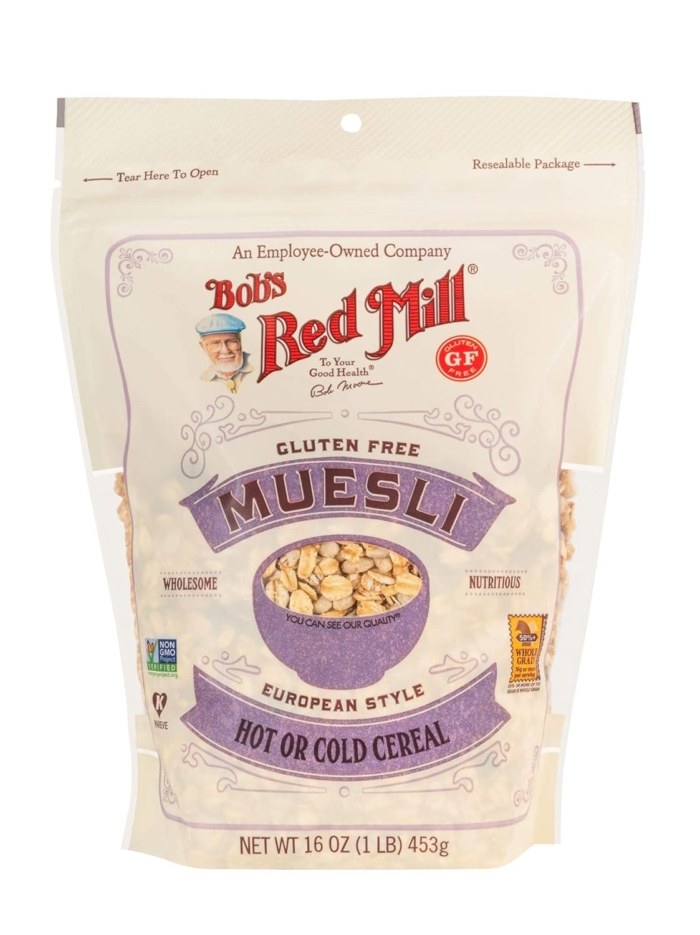
10. Specialized Gluten Free Brands
Freedom Foods: They offer a variety of gluten free cereals including flakes and muesli.
Erewhon: Known for their organic cereals, including gluten free options.
11. Other Gluten Free Options
Puffed Amaranth, Millet, or Rice Cereals: Simple, single-ingredient cereals that are naturally gluten free.
Specialty and Organic Brands
Many specialty and organic brands have gluten free offerings. These include, but are not limited to:
Nature’s Path
Enjoy Life Foods
Bakery On Main
Go Raw
How Can You Tell if a Cereal Is Gluten Free?
Determining whether a cereal is gluten free involves a few steps to ensure you’re selecting a safe product, especially if you have celiac disease or gluten sensitivity. Here are the key ways to tell if a cereal is gluten free:
1. Certification Labels
Look for a certification label from a recognized gluten free certification organization. These labels indicate that the product has been independently tested and meets strict standards for gluten content. Examples include:
The Gluten Free Certification Organization (GFCO) label, which certifies products to have less than 10 ppm (parts per million) of gluten.
The Celiac Support Association (CSA) recognizes products as gluten free if they contain less than 5 ppm of gluten.
The Gluten Free Certification Program (GFCP) in partnership with the National Celiac Association (NCA) or the Canadian Celiac Association (CCA).
2. Gluten Free Labeling
In many countries, including the United States, products labeled as “gluten free” must meet certain regulatory requirements. In the U.S., the FDA requires that gluten free labeled products contain less than 20 ppm of gluten. However, it’s important to note that while the FDA regulates the labeling, they do not certify the testing.
3. Ingredient List
Read the ingredient list carefully. Avoid cereals containing wheat, barley, rye, malt, brewer’s yeast, or oats that are not specified as gluten free (since oats are often cross-contaminated with wheat unless specifically processed as gluten free).
4. Allergen Statement
Check the allergen statement, which is typically located near the ingredient list. Manufacturers are required to list if their products contain any major allergens, including wheat, which is a primary source of gluten. However, barley and rye (which also contain gluten) are not required to be listed under allergen information in the U.S., so you should still check the ingredient list.
5. Cross-Contamination Warnings
Sometimes a product’s label will include a warning about potential cross-contamination with gluten. This may read something like “processed in a facility that also processes wheat.” If you have celiac disease or non-celiac gluten sensitivity, it’s best to avoid these products.
6. Company Information
Some companies provide information on their websites or packaging about their manufacturing practices and whether their facilities are dedicated gluten free or if they have protocols in place to prevent cross-contamination.
7. Third-Party Websites and Apps
There are numerous third-party websites and mobile apps that offer information and reviews on various gluten free products. Some apps allow you to scan a product’s barcode to see if it’s deemed gluten free.
8. Customer Service
If you’re in doubt, reach out directly to the company’s customer service for clarification on their gluten free standards and practices.
Remember, while these steps can significantly reduce the risk, the only way to be 100% certain a cereal is gluten free is through certification labels and manufacturer guarantees, especially for those with celiac disease or a severe gluten intolerance. Always consult with a healthcare professional or a dietitian if you have questions about following a gluten free diet.
Better-for-You Gluten Free Cereal
Choosing a gluten free cereal that is not only safe for those with gluten sensitivities but also nutritious involves looking beyond the “gluten free” label to the actual ingredients and nutritional content of the cereal. Here’s what to consider when looking for a “better-for-you” gluten free cereal:
High in Fiber
Fiber is crucial for digestive health, and many gluten free cereals are naturally high in fiber. Look for cereals that list whole grains, nuts, and seeds as their primary ingredients, such as:
- Buckwheat
- Quinoa
- Amaranth
- Chia seeds
- Flaxseeds
- Almonds and other nuts
Whole Grain Content
Whole grains are important for a balanced diet and are associated with numerous health benefits. When a cereal is made from whole grains, it ensures that all parts of the grain (bran, germ, and endosperm) are used, providing more nutrients than refined grains. Examples include:
- Brown rice
- Millet
- Teff
- Sorghum
- Certified gluten free oats
Low in Sugar
Many cereals can be high in added sugars, which diminish their overall nutritional value. Aim for cereals that have little to no added sugars. If you prefer a sweeter taste, consider adding fresh fruit like berries, which also add natural fiber and antioxidants.
Free from Artificial Additives
Cereals without artificial colors, flavors, or preservatives are generally a healthier choice. These ingredients are unnecessary for a nutritious breakfast and can be avoided by reading the ingredient list carefully.
Nutrient Fortification
Some gluten free cereals are fortified with additional vitamins and minerals to help meet your nutritional needs. Look for those that include:
- Iron
- B vitamins (such as folic acid, thiamine, riboflavin, and niacin)
- Vitamin D
- Calcium
Healthy Fats
Cereals that contain nuts and seeds provide healthy fats that are important for heart health. These fats also help you feel full longer, which can aid in weight management.
Protein Content
A higher protein content in your cereal can help maintain muscle mass and also keep you satisfied throughout the morning. Cereals with nuts, seeds, quinoa, or bean flours can be good sources of protein.
Organic and Non-GMO Options
For those who prefer foods that are organic or non-GMO, there are gluten free cereals that meet these criteria. While being organic or non-GMO doesn’t automatically make a cereal healthier in terms of nutrients, it does mean the ingredients were produced following specific standards that might be important to some consumers.
Recommendations for “Better-for-You” Gluten Free Cereals
Here are a few examples of healthier gluten free cereals:
- Purely Elizabeth Ancient Grain Granola Cereal: Made with organic quinoa, millet, chia, and a touch of sweetness from coconut sugar.
- Kind Healthy Grains Clusters: These come in a variety of flavors and often feature nuts, seeds, and whole grains.
- Bob’s Red Mill Gluten Free Oatmeal Cups: Packed with flaxseeds and chia seeds for a boost of omega-3 fatty acids.
- Nature’s Path Organic Whole O’s: A low-sugar option made with brown rice and corn.
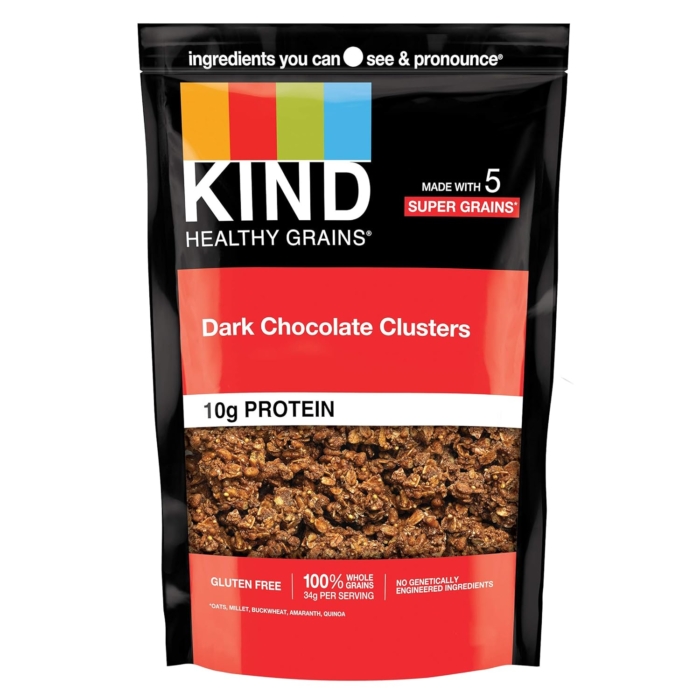
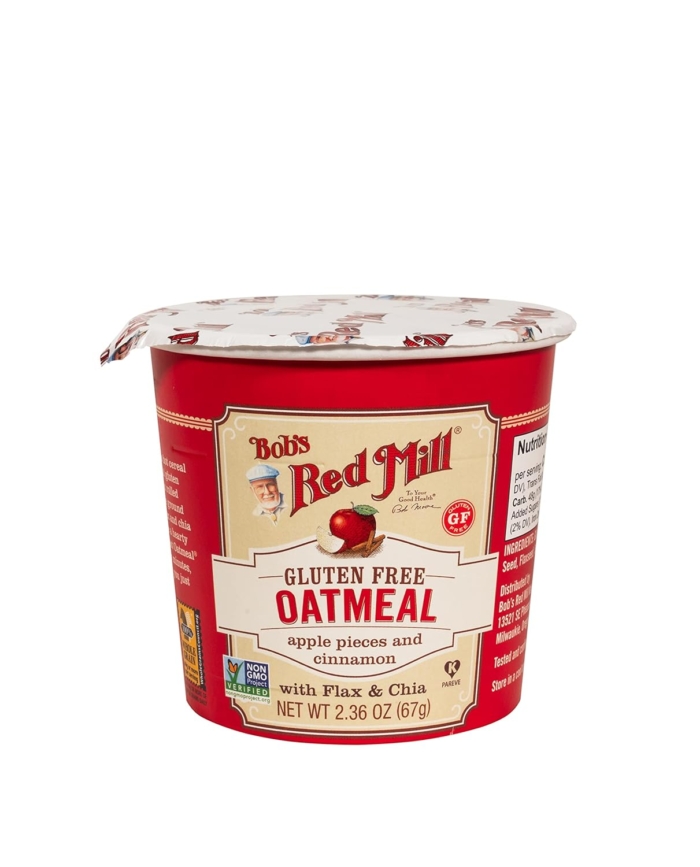
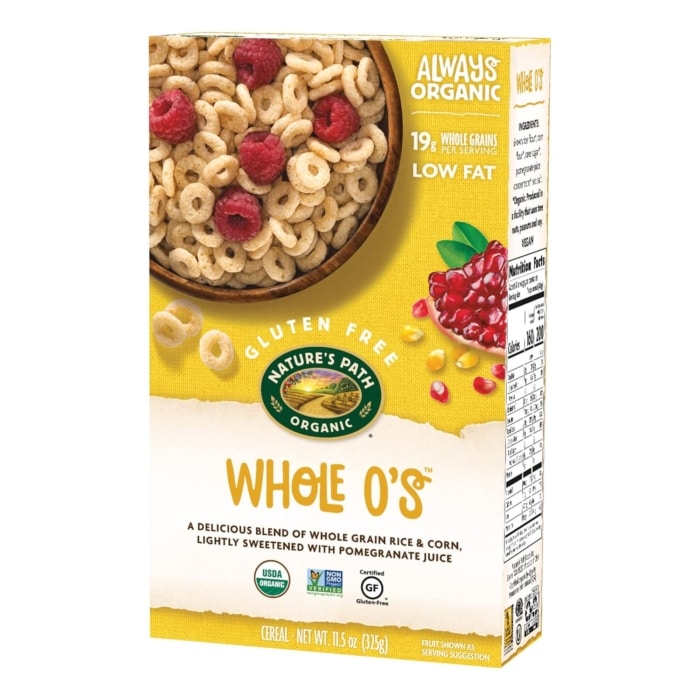
Best Gluten Free Cereal
Choosing the “best” gluten free cereal often comes down to personal preference, dietary needs, and the balance between taste and nutritional value. However, some cereals stand out due to their quality, flavor, and health benefits. Here’s a curated list of gluten free cereals that have received positive feedback for both their taste and nutritional profiles:
Purely Elizabeth Ancient Grain Granola Cereal: It’s made with superfood grains like quinoa, amaranth, and chia, and sweetened with coconut sugar.
Bob’s Red Mill Gluten Free Oatmeal: Their single-serve oatmeal cups are high in fiber and offer the warmth and comfort of oatmeal without the gluten.
Kind Healthy Grains Clusters: These clusters are a good source of fiber and are made with a variety of grains and seeds, providing a satisfying crunch.
Thrive Market Organic Coconut Flakes: This is a grain-free option, made with coconut meat and sweetened with a touch of coconut sugar.
Popular Gluten Free Cereal
When it comes to popularity, some gluten free cereals have risen to the top due to their taste, texture, availability, and how closely they resemble traditional cereals that contain gluten. Here’s a list of some of the most popular gluten free cereals that consumers are reaching for:
Cheerios: Many Cheerios varieties are now labeled gluten free, including Honey Nut and the classic original flavor.
Chex: The majority of Chex cereals are gluten free, including Rice Chex, Corn Chex, and the sweet flavors like Chocolate Chex.
Nature’s Path Organic Cereals: Offering a broad range of gluten free cereals that are also organic, such as their Crunchy Vanilla Sunrise and Mesa Sunrise.
Lucky Charms: This fan favorite is gluten free! Try these Lucky Charms Cookies!
Other Gluten Free Cereal
Aside from the well-known brands and varieties already mentioned, there are many other gluten free cereals on the market that cater to a range of tastes and nutritional needs. Below are several additional options for those looking to expand their gluten free breakfast choices:
Arrowhead Mills Organic Maple Buckwheat Flakes: This is a hearty and flavorful cereal, utilizing the naturally gluten free buckwheat grain.
Kay’s Naturals Protein Cereal: For those looking to add more protein to their breakfast, this cereal provides a higher protein content.
Seven Sundays Cereal: They offer gluten free cereal that is crunchy and delicious!
Freedom Foods: This brand is not as well-known internationally but offers a variety of gluten free cereals, such as Tropico’s and Crafted Blends.
Check out these Gluten Free Breakfast Ideas for more great ideas!
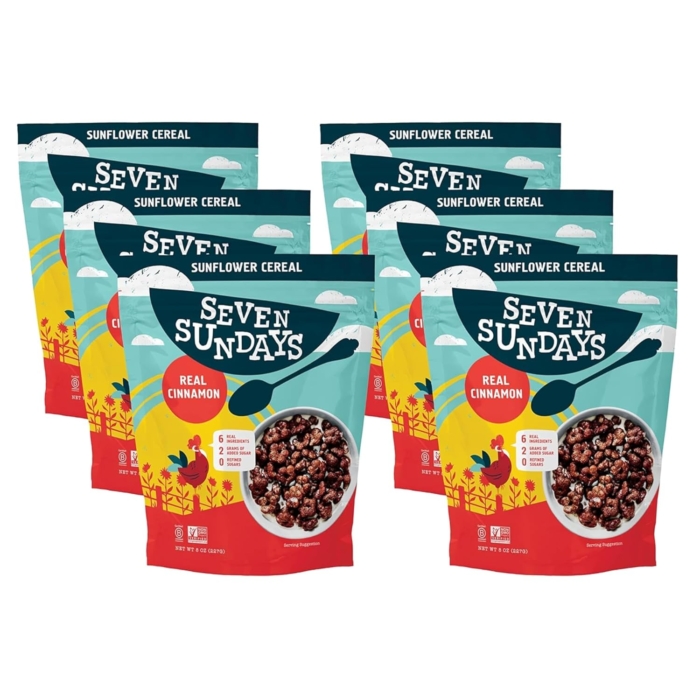
What Cereals Should You Avoid if You’re Gluten Free?
When following a gluten free diet, avoiding cereals that contain gluten is a crucial step to prevent any adverse health effects, especially for those with Celiac disease or gluten sensitivities.
Gluten is a protein found in wheat, barley, rye, and triticale (a cross between wheat and rye), as well as in products derived from these grains.
Here are some types of cereals and ingredients typically found in cereals that should be avoided if you’re gluten free:
Wheat-Based Cereals
Wheat Bran: Common in high-fiber cereals.
Wheat Germ: Often added for nutritional benefits.
Farina: A form of milled wheat, most often found in hot cereals.
Durum Wheat: Sometimes used in cereals for its texture.
Spelt: Although an ancient grain, it is a form of wheat and contains gluten.
Wheat Flakes: Similar to corn flakes, but made from wheat.
Barley and Rye
Malted Barley: Often found in cereals as a sweetener, flavoring, or in the form of malt extract/syrup.
Barley Flakes: Can be present in muesli and granola-type cereals.
Rye Flakes: Less common, but still a risk for gluten contamination.
Oats (Cross-Contamination Risk)
Non-Certified Gluten Free Oats: Oats themselves are gluten free, but they are often processed in facilities that also handle wheat, leading to cross-contamination unless they are certified gluten free.
Cereals with Add-Ins
Granolas with Malted Ingredients: Some granola mixes include malt flavoring or syrup, which comes from barley.
Cereals with Cookie Pieces: Many cereals marketed for kids contain cookie bits which are typically made with wheat flour.
Cereals with Wheat By-Products
Dextrin: May be wheat-based unless otherwise specified.
Food Starch: If not clearly labeled as corn, potato, rice, or tapioca, it could potentially be derived from wheat.
Common Breakfast Cereals to Avoid:
Regular Cheerios: While some Cheerios are labeled gluten free, the regular ones are not recommended as they may contain wheat traces.
All-Bran: Is made from wheat bran.
Muesli: Unless labeled gluten free, traditional muesli often contains wheat flakes or rye.
Frosted Mini-Wheats: The name says it all; these are made with whole grain wheat.
Shredded Wheat: Made entirely of whole wheat.
Wheaties: This iconic cereal is made from whole-grain wheat.
Grape-Nuts: Contains malted barley flour.
Rye or Barley-Based Cereal: Often found in health food stores but not suitable for a gluten free diet.
Chex, except Wheat Chex, is gluten free.
Wheat, barley, and rye cereals contain gluten.
Nestlé’s GoFree Corn Flakes and GoFree Coco Rice are gluten free cereal options.
Nature’s Path Organic Corn Flakes are gluten free.
Disclaimer: Brands can change their ingredients at any time. Double check the ingredient labels to make sure you are consuming gluten free cereal.
You May Also Like
- Are Reese’s Gluten Free?
- Gluten Free Tortillas
- Gluten Free Cupcakes
- Are Sprinkles Gluten Free?
- Gluten Free Bread Recipe
- Is Peanut Butter Gluten Free?
If you found this post helpful, I would really appreciate a review! You can find me on Instagram, Facebook, and Pinterest. In addition, join my exclusive Facebook Group for a behind the scenes look. For more ideas, check out these Dessert Recipes.

